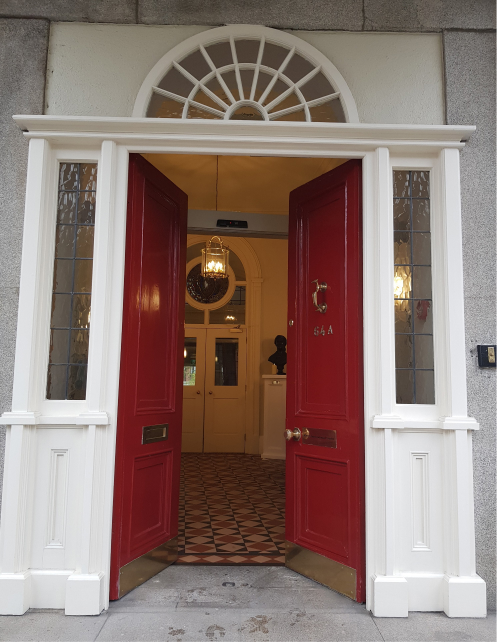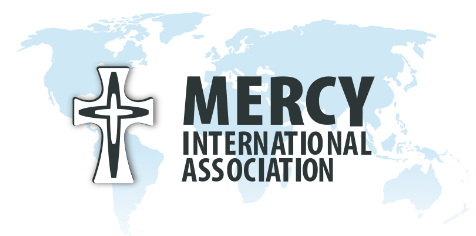Learn about our History
On June 22nd, 1824 Catherine McAuley leased from the Earl of Pembroke property at the corner of Baggot Street and Herbert Street, in southeast Dublin, at a cost of £4,000, and an annual rent of £60 for the purpose of building a large house for various kinds of religious, educational, and social service of poor women and children.
)
Two years previously, William Callaghan had bequeathed to Catherine his entire estate which included about $25,000, Coolock house and its contents.
His legacy to her was not only a gift of gratitude for the care she had given to himself and his wife during the previous 20 years but knowing Catherine as he did, he was convinced that it would enable her to continue her work of empowering poor people.
The corner stone of the new building was blessed in July 1824 by Very Rev. Michael Blake, parish priest of Saints Michael’s and John’s and Catherine’s friend It was called the “House of Mercy” and was intended as a refuge for distressed women. It contained school rooms and an oratory and opened its door to Dublin’s poor and needy.
The location of the house ensured that the poor would be visible to the rich and that the young women would have employment opportunities in the locality. By September 1828 Catherine in a letter to the prior of the Discalced Carmelites, Dublin, refers to the activities of the house: ‘the daily education of hundreds of poor female children and the instruction of poor women who sleep in the house’.
Other likeminded women joined Catherine. They soon became involved in teaching the poor children and nursing and the sick and dying in their own homes and hospitals during the cholera and other epidemics. They worked as lay women. When it became clear that in order to give stability to their good works, it was necessary to form a religious congregation Catherine agreed to do so. The House of Mercy became the Convent of Mercy. From this small beginning the Congregation of the Sisters of Mercy grew.
For over 150 years, the call was to move the founding spirit of Catherine to all parts of the world to address whatever the most significant needs might be. During these 150 or so years, the Convent of Mercy on Baggot Street continued to respond to the needs of the poor in Dublin under the care of the Sisters of Mercy, Dublin.
In the 1980s, interest in the future of the Baggot Street house was aroused among Sisters of Mercy worldwide and in the possibility of an international collaboration in the restoration of this historic place. The consensus was that the original house founded by Catherine should be held as a heritage house and Mercy home for the Sisters of Mercy, worldwide. In order to hold it as such, Mercy International Association was formed. This was an association of the leaders of the Mercy families around the world.
)
The house was restored in 1994 and is now the Mercy International Centre and home to the Mercy Family from all over the globe. People from many countries come to visit Catherine’s original foundation. The house is a centre of hospitality to all who come. It is a place of pilgrimage and renewal for those who want to spend time and touch into the spirit of Catherine. Her chapel, room and grave are special places of pilgrimage. It is a Heritage Centre and holds many precious memorabilia belonging to Catherine.
As well as representing the origins of the Sisters of Mercy and its links with the past, the Centre calls and challenges the Mercy family of today to hear the cries of the poor that have assumed global proportions and to use their resources to respond to issues of global poverty and thus “to keep alive the founding spirit of Catherine among peoples of the world most in need of God’s compassion and mercy" (MIA Vision Statement).


)
)
)